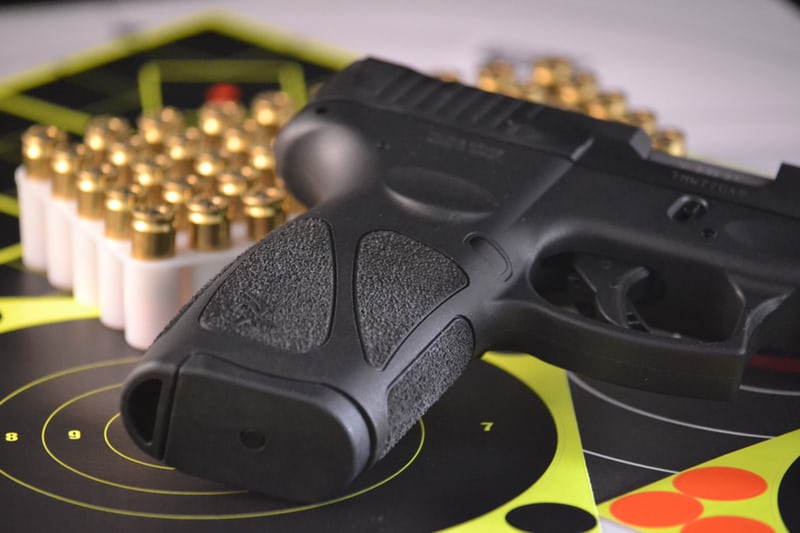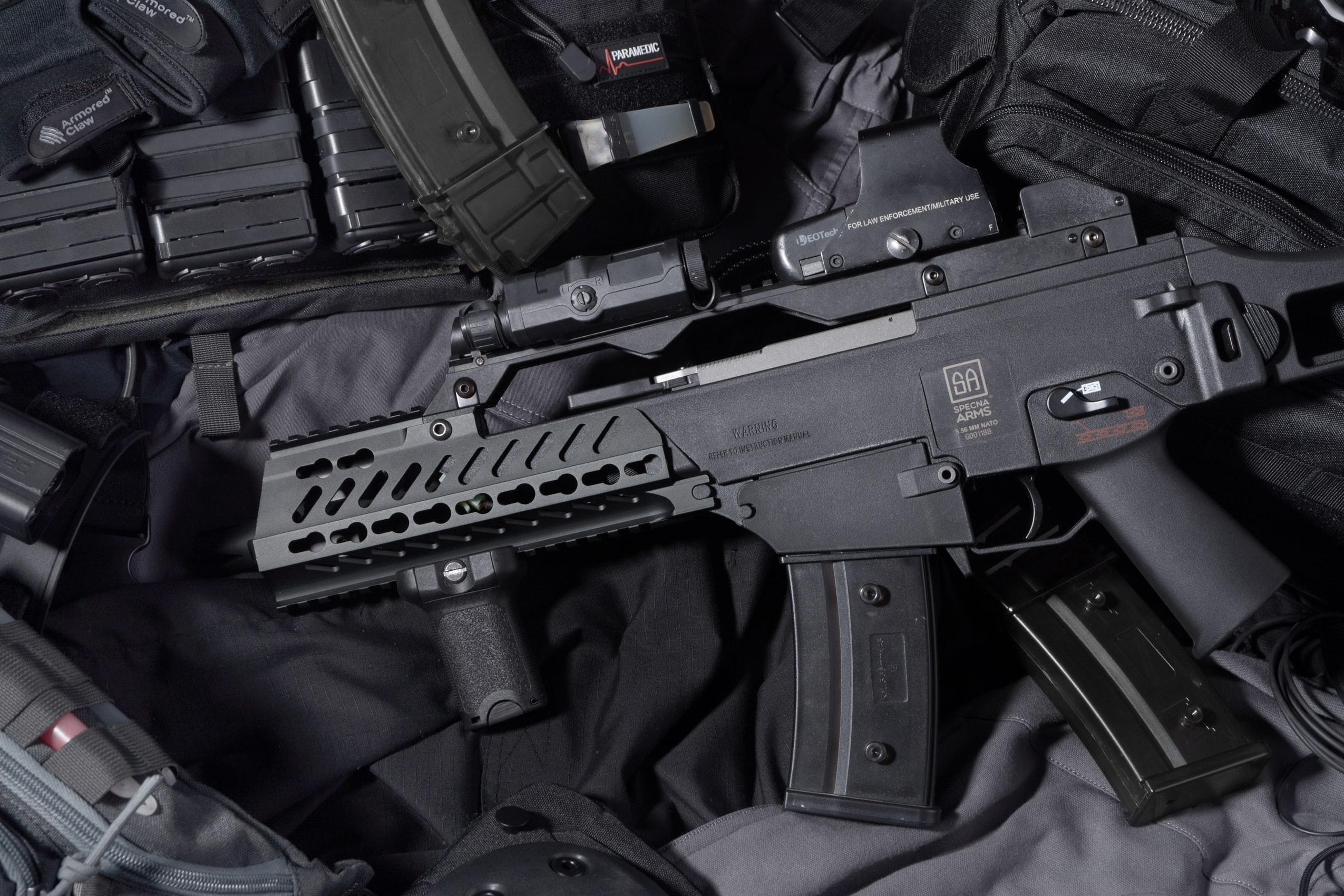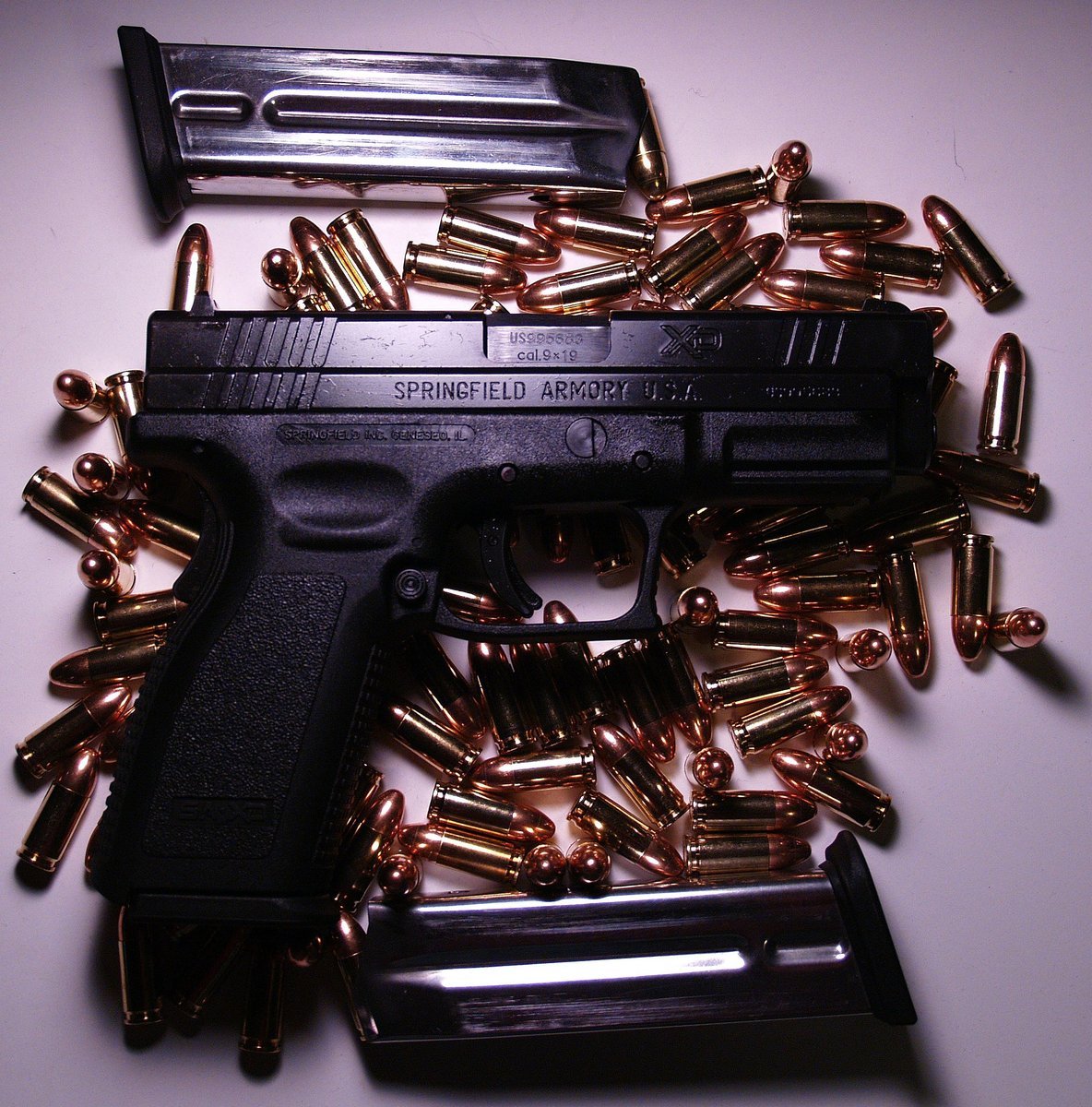The contours of the Protection of Lawful Commerce in Arms Act, protecting gun manufacturers from certain types of lawsuit, may have begun to change
 In 2005, President George W. Bush signed the Protection of Lawful Commerce in Arms Act, 15 U.S.C. § 7901 (2005), et seq., (“PLCAA”)into effect. The PLCAA prevents gun manufacturers and dealers from being sued in relationship to the production and/or sale of firearms, subject to a few exceptions. Historically, these exceptions have been construed narrowly, and as a consequence, manufacturers and dealers have been immune to most types of lawsuits.
In 2005, President George W. Bush signed the Protection of Lawful Commerce in Arms Act, 15 U.S.C. § 7901 (2005), et seq., (“PLCAA”)into effect. The PLCAA prevents gun manufacturers and dealers from being sued in relationship to the production and/or sale of firearms, subject to a few exceptions. Historically, these exceptions have been construed narrowly, and as a consequence, manufacturers and dealers have been immune to most types of lawsuits.
The PLCAA permits certain commercial suits, such as a contractual dispute or a claim for breach of warranty. § 7903(5)(A)(iv). Further, immunity does not extend to the defective design or manufacture of a firearm. § 7903(5)(A)(v). Gun manufacturers are subject to the same rules as any other manufacturer of consumer goods. If a manufacturer places a firearm into the stream of commerce which malfunctions due to defective parts or improper assembly, or if it was designed in a dangerous manner and poses an unreasonable danger when operated, the manufacturer can be held liable for resulting injury.
Other exceptions apply when dealers provide firearms to people who should not have one in their possession. One such exception involves negligent entrustment. § 7903(5)(A)(ii). The PLCAA defines negligent entrustment as the act of supplying a firearm to someone the seller knew, or should have known, would likely injure others with the gun. § 7903(5)(B). Similarly, if a dealer knowingly provides a gun to a person intending to commit a crime of violence or engage in drug trafficking, the dealer is susceptible to suit. § 7903(5)(A)(i).
There is also a carveout for governmental action in response to violations of federal law, such as regulations regarding dealer and manufacturer licensing. There is a similar exception for the regulation of machine guns, explosives, and rockets. § 7903(5)(A)(vi)
The last exception to the PLCAA eliminates immunity where a manufacturer or dealer knowingly violates a State or Federal statute regulating the sale or marketing of a firearm. 15 U.S.C. § 7903(5)(A)(iii). The exception requires a causal connection between the violation of the predicate statute and the injuries for which compensation is sought. A recent case has tested the limits of this exception with some degree of success.
The families of children killed in the Sandy Hook Elementary massacre claim that Remington Arms Co. unlawfully marketed its “Bushmaster” AR-15 assault rifle, violating Connecticut’s Uniform Trade Practices Act (“CUTPA”). CUTPA prohibits “deceptive acts or practices in the conduct of any trade or commerce.” Conn. Gen. Stat. § 42-110b(a).
The families claimed the Bushmaster unlawfully marketed the rifle “for use in assaults against human beings” and Remington “knowingly marketed, advertised, and promoted” the rifle “for civilians . . . to carry out offensive, military style combat missions.” Plaintiffs identified advertisements describing the Bushmaster as “the ultimate combat weapons system,” and proclaiming “Forces of opposition, bow down. You are single-handedly outnumbered.”
The Connecticut trial court dismissed the claim, but the Connecticut Supreme Court reversed the ruling, holding that CUTPA was broad in scope and qualifies as a PLCAA predicate statute. Consequently, if the families could prove that Remington violated CUTPA though its marketing, a claim for damages could proceed. However, it also noted that proving a causal connection between any unlawful marketing and the injuries sustained by the plaintiffs would be difficult.
Remington filed a Petition for a Writ of Certiorari to the United States Supreme Court, requesting the Court hear an appeal of the Connecticut Supreme Court ruling. However, the Supreme Court declined to intervene in the state court’s decision, thus foreclosing the possibility of dismissal of the claim on statutory grounds. The case will proceed, and the plaintiffs will need to prove Remington’s marketing practices violated CUTPA and that those marketing practices were the proximate cause of the deaths of 27 innocent people.
Although the case brought by the Sandy Hook victim’s families may eventually fail, as proving the causal link will be difficult, the Supreme Court’s decision to not hear the case may signal a new path for plaintiffs to sue gun manufacturers and dealers for damages when their product causes injury.





